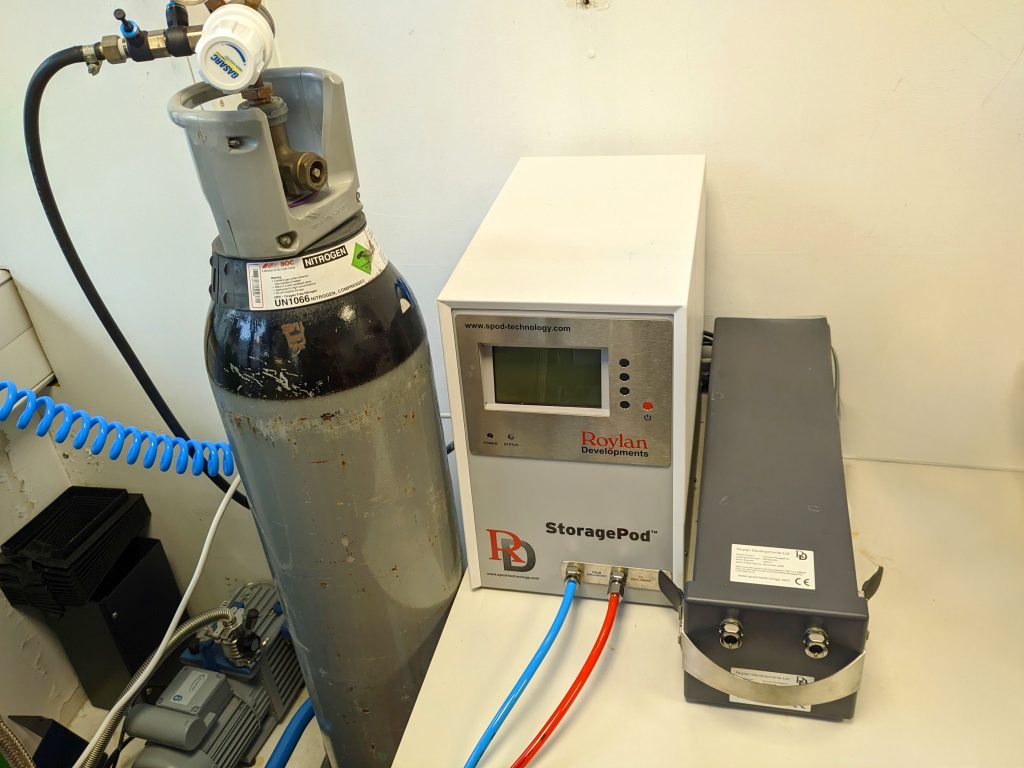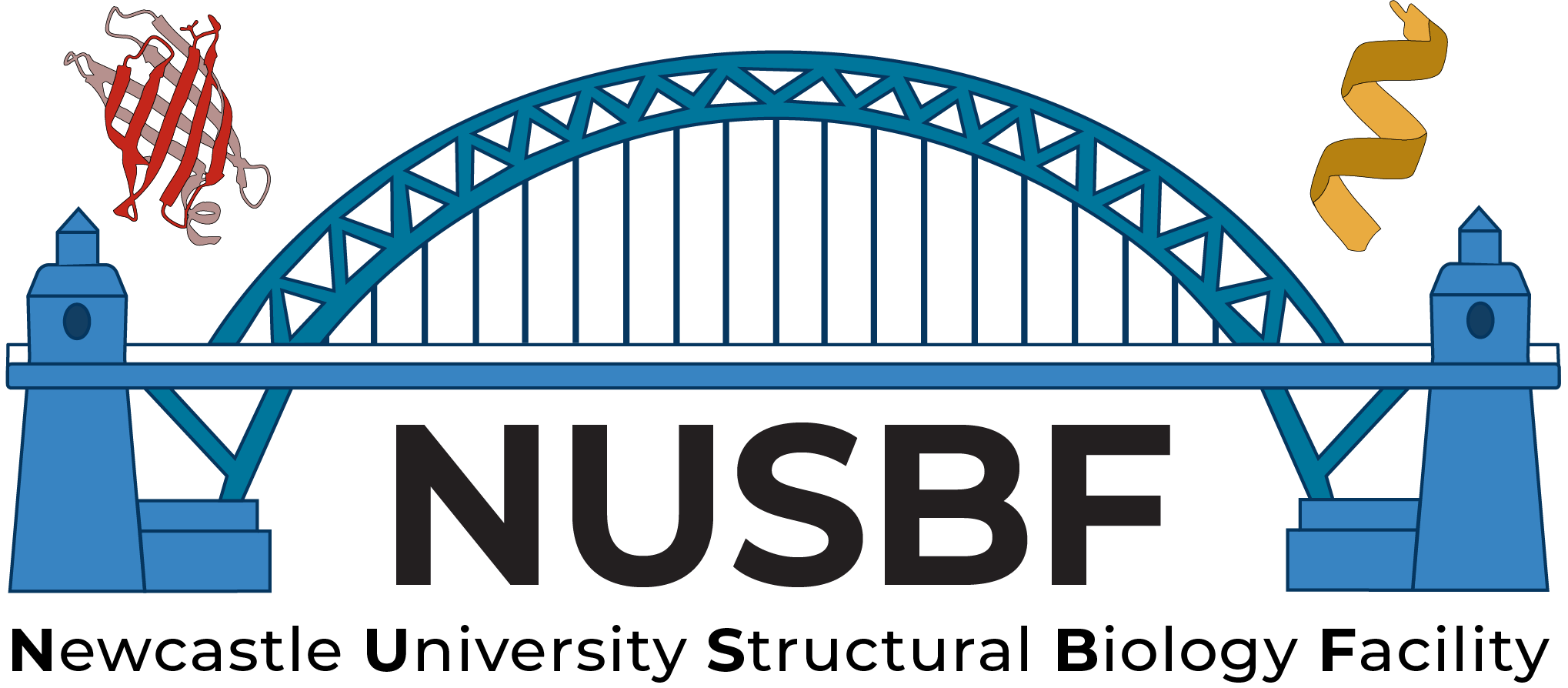The macromolecular crystallography facility allows users to solve 3-dimensional structures of proteins using X-rays. The facility consists of the equipment and resources required to produce crystals of macromolecules (single proteins, protein:protein complexes, nucleoprotein complexes, proteins in complex with ligands) and collect the X-ray diffraction pattern data from single crystals.
Cryo-EM
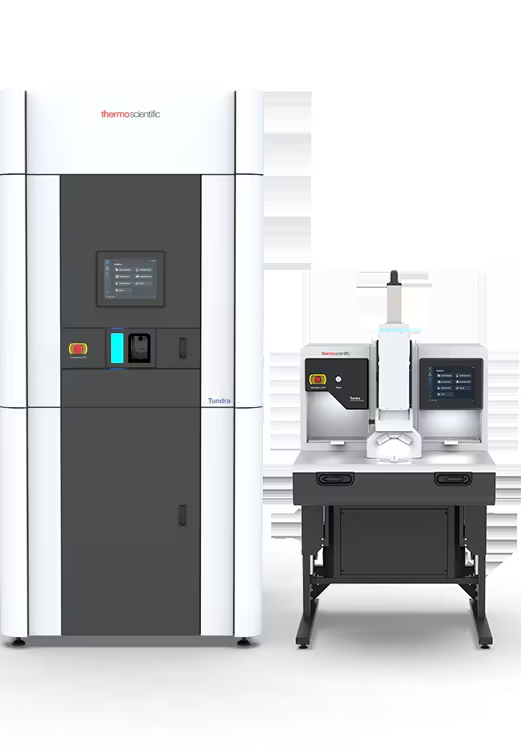
Cryo-transmission electron microscope
The Tundra is perfect for optimizing grid conditions for high-end Cryo-EM systems like Krios or Glacios while offering medium-throughput structural analysis. Its rapid sample loading, simplified operation, and ability to handle up to 10 grids per day make it accessible to researchers at all experience levels.
This addition represents a significant step forward for NUSBF, enabling faster sample preparation and biologically relevant insights. Stay tuned for more updates as we prepare for its arrival!
Grid preparation
Our lab is equipped with two state-of-the-art grid preparation systems for cryo-EM: the Thermo Scientific Vitrobot Mark IV and the Leica EM GP2. Both devices provide precise environmental control for temperature and humidity, ensuring consistent and high-quality vitrification of samples. The Vitrobot offers an automated and reproducible workflow, while the Leica EM GP2 features single-sided blotting for delicate samples. Together, they enable efficient and reliable preparation of grids for advanced cryo-EM studies.
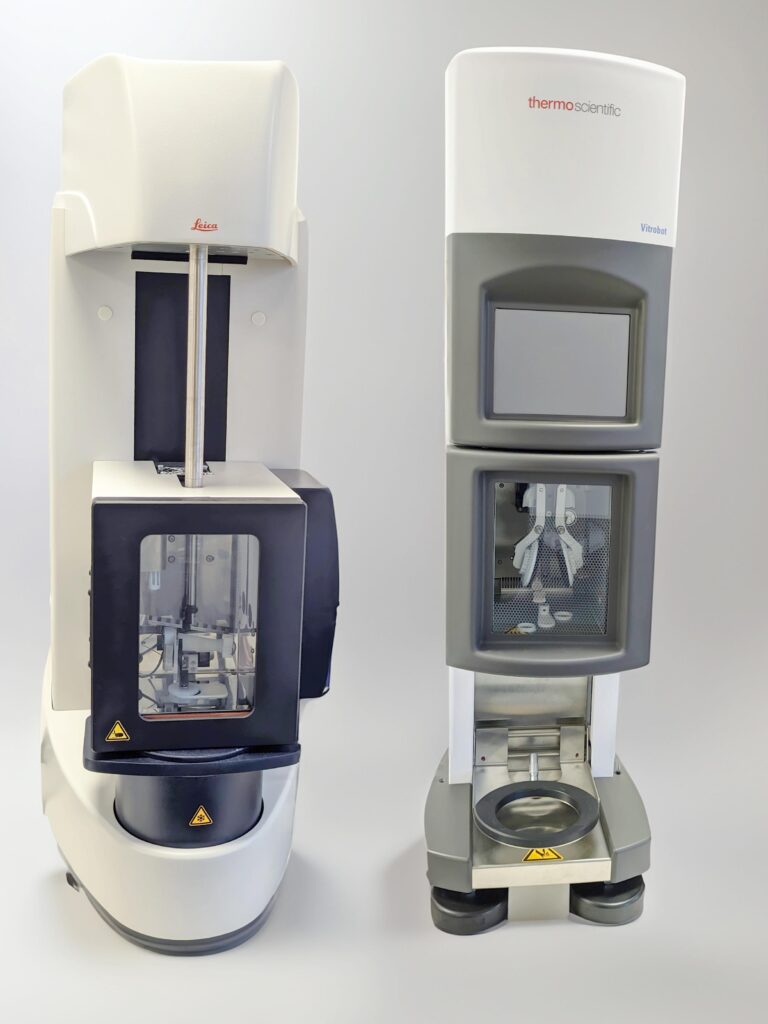
X-Ray
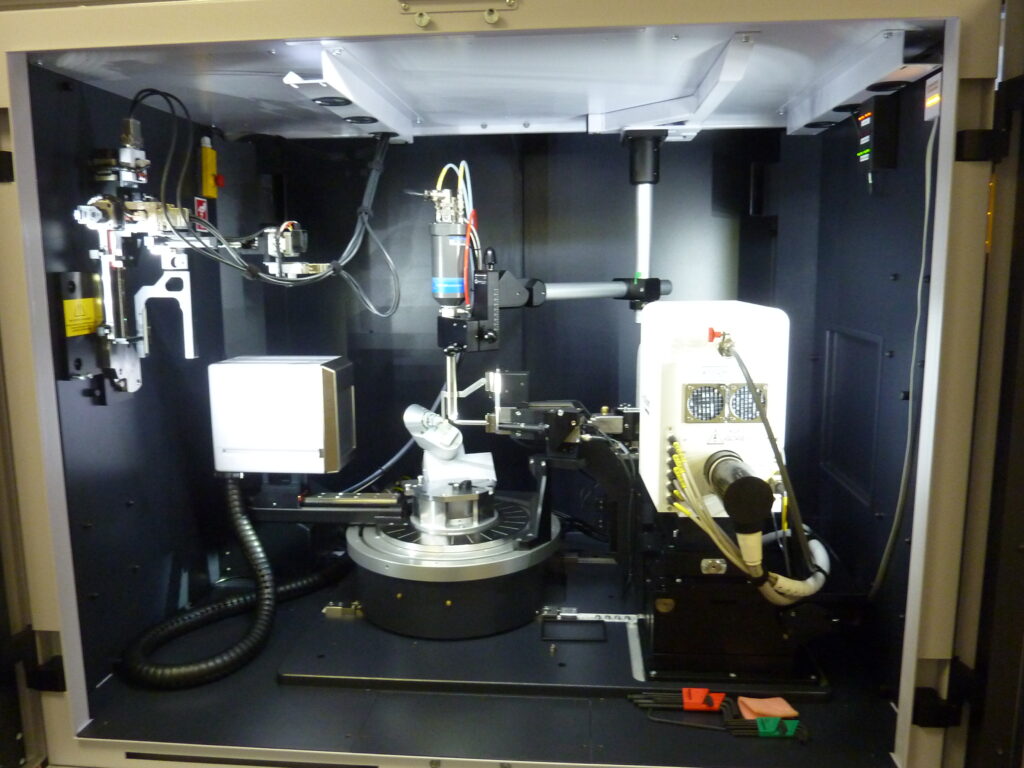
X-Ray source
We are equipped with a MetalJet D2 from Bruker, housed within a D8 enclosure. Our cryojet is a cryostream 700 from Oxfordcryosystems. To increase the speed and easy the sample mounting the Metaljet is equiped with the sample loading robot Scout from Bruker.
Crystal screening
The facility is equipped with a Mosquito LCP nanodrop crystallisation robot from SPT Labtech. It is ideal for screening many crystallisation conditions with a minimal amount of protein.
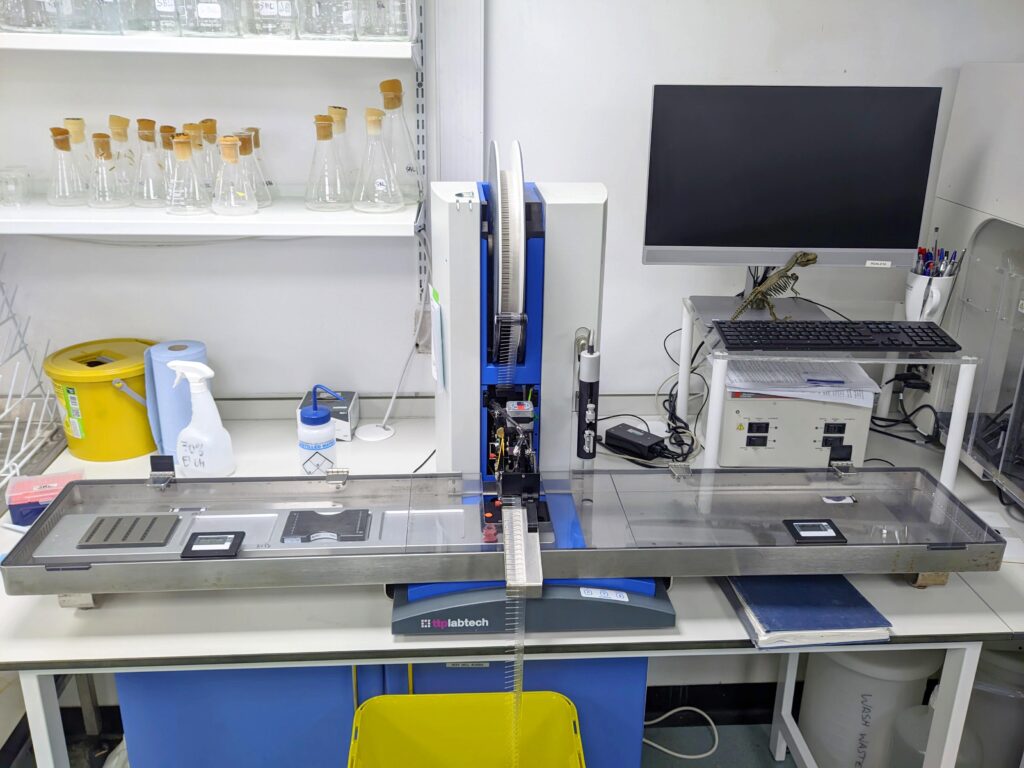
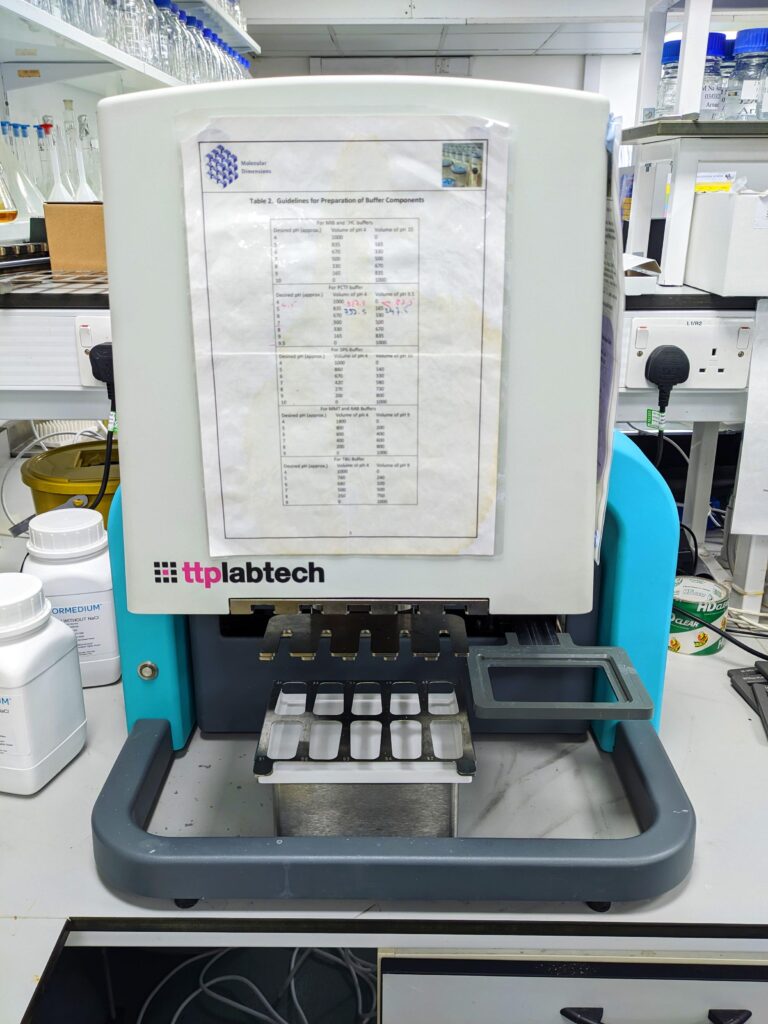
Optimisation Screens
The Dragonfly allow rapid and accurate preparation of complex crystallisation gradients or optimisation screen, even with viscous liquids, while eliminating cross-contamination. Dragonfly partners seamlessly with Mosquito in the protein crystallisation screening workflow.
Crystallisation room
The main crystallisation room is at a controlled temperature of 20 degrees C. It provides ample storage for crystal trays and a work bench. For crystal visualisation and manipulation, two Nikon stereo microscopes are provided. They are equipped with cold light sources and polarising filters. One of the microscopes is also fitted with a digital camera and a 17 inch monitor.
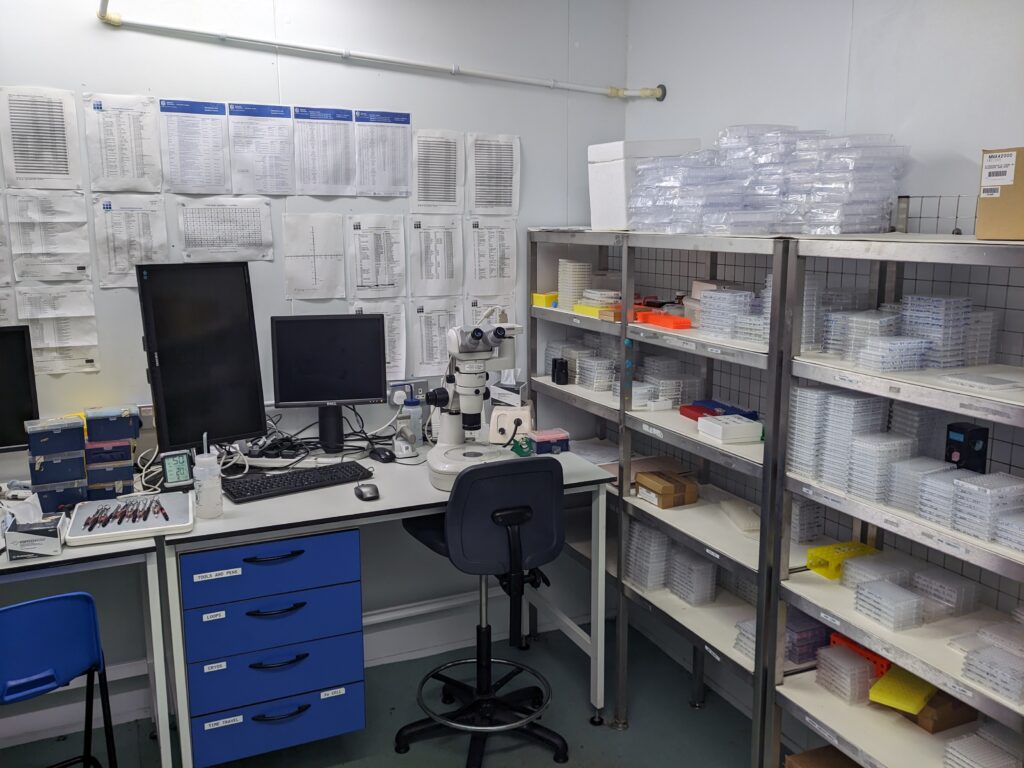
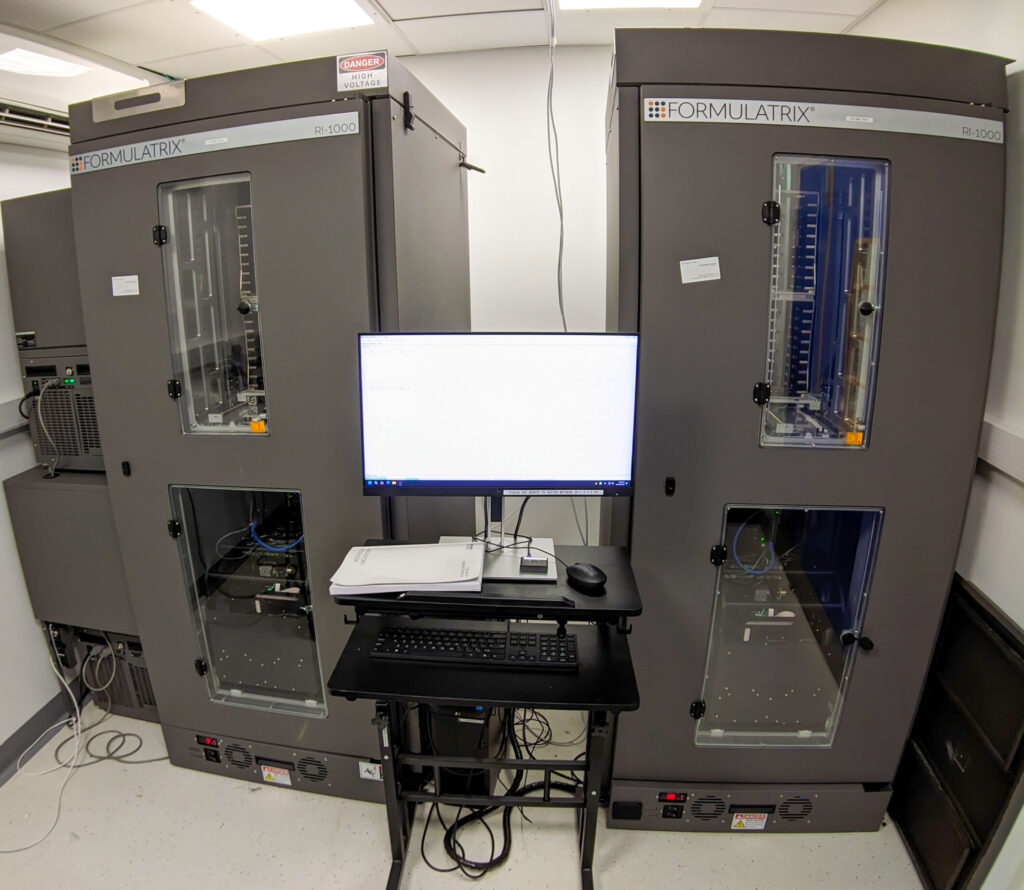
Plate hotel
We have invested in 2 Formulatrix Rock Imager 1000, a system for automated visualisation (visible light and UV)– through a digital microscope – and storage of crystallisation plates at 20°C or 4°C. These hotel imagers are programmed to make regular inspections of users’ trays in the Gallery, and the photomicrographs can be inspected over the internet.
Crystal Shifter
The Crystal Shifter is an invaluable addition to our facility, particularly for high-throughput projects like XChem experiments that require rapid handling of hundreds of crystals. This advanced instrument revolutionises crystal harvesting and protein fragment screening by automating routine tasks, thereby accelerating mounting speed and improving the overall quality and quantity of crystals obtained from each experiment. It provides a comprehensive solution from start to finish—covering preparation, imaging, soaking, mounting, and even shipping samples to the beamline.
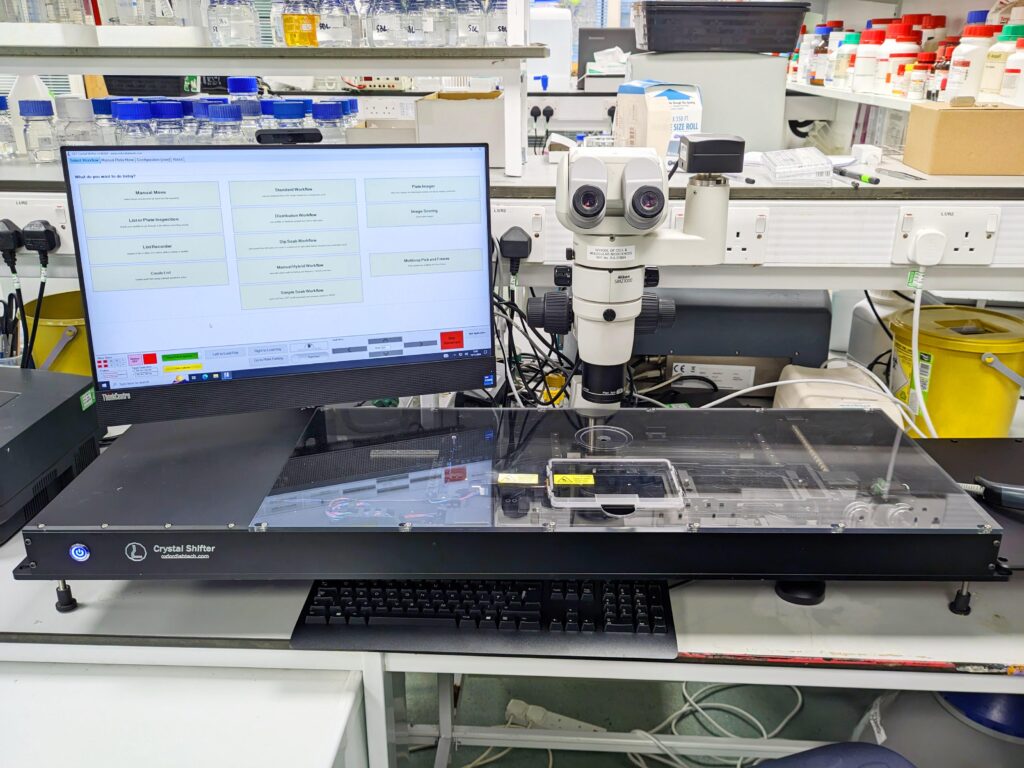
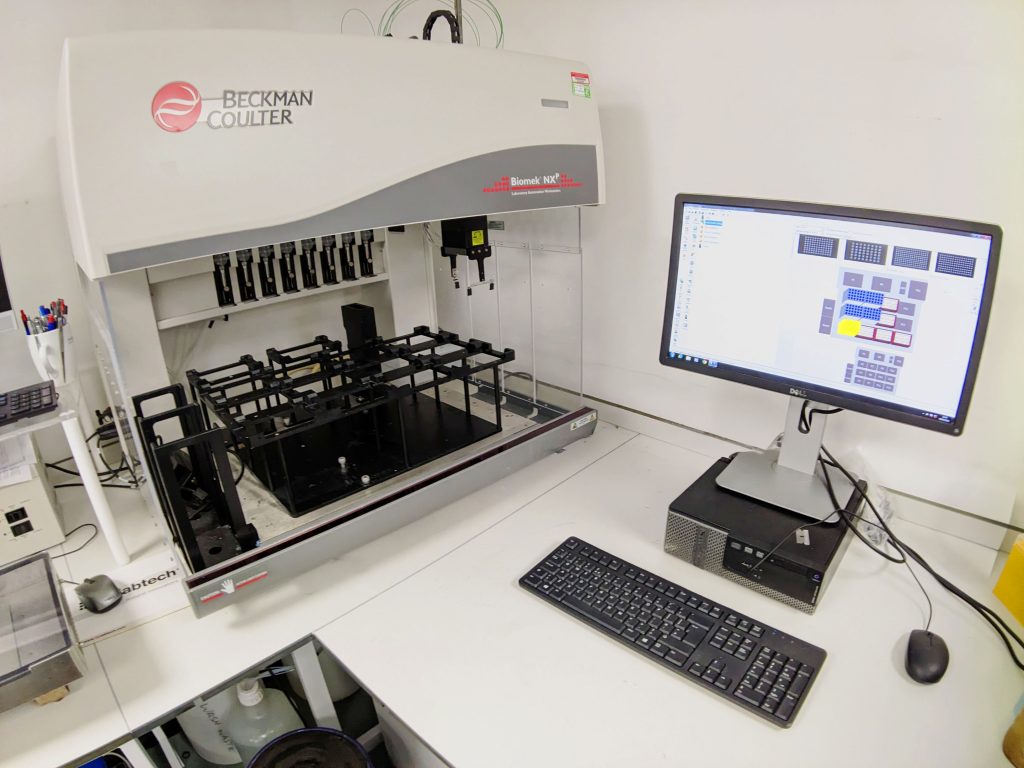
Beckman Coulter Biomek NXp Liquid Handler
We use the Beckman Coulter Biomek NX liquid handler to reformat a 10 mL crystallization library into 2 mL deep-well blocks. This highly versatile system can accurately pipet volumes ranging from 5 µL to several milliliters. It supports a wide variety of labware, including 96- and 384-well microplates, deep-well blocks, tube racks, and reservoirs, making it adaptable to diverse liquid-handling workflows.
Low-Oxygen, Low-Humidity Chemical Storage Tray
We use a nitrogen-purged storage system to maintain a low-oxygen, low-humidity environment for storage of our XChem libraries. By injecting N₂ into a sealed tray, we effectively protect moisture- and oxygen-sensitive compounds, ensuring long-term stability in downstream applications.
